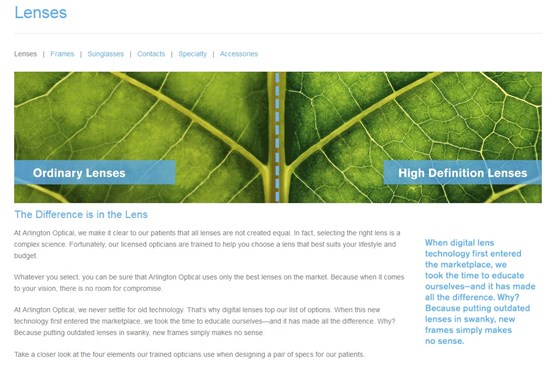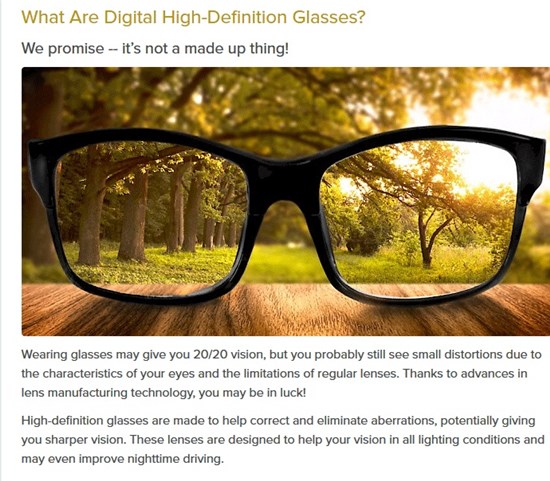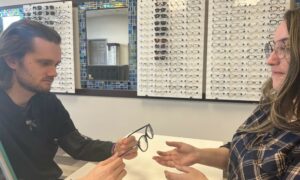
Oct. 12, 2016
You have an opportunity to sell more digitally enhanced single-vision prescription eyewear. Forty-seven percent of independent optical respondents to Jobson Optical Research’s 2016 Premium Lenses MarketPulse Survey said that less than 3 percent of the single-vision prescription eyewear they sell has been digitally enhanced. Seventeen percent said 3-6 percent has been digitally enhanced, while 17 percent said 3-6 percent has been digitally enhanced, 11 percent said that 11-15 percent has been digitally enhanced, and 9 percent said 7-10 percent has been digitally enhanced. Sixteen percent said that more than 15 percent has been digitally enhanced.
Click HERE to purchase Jobson Optical Research’s 2016 Premium Lenses MarketPulse report.
We’ve all had patients who have better than 20/20 visual acuity in each eye–better acuity than the average person–and still complain that their vision is blurry. They complain that they do not see as well as they could or should. What to do?
It’s a simple fact that the lenses in the frame on the patient’s face are not the same as the lenses in the phoroptor used to determine the patient’s prescription. This results in vision in the periphery to change as the lens power and the astigmatism power increases. Optimizing the prescription across the entire lens with both lens design and lens manufacturing processes enables patients to have better vision across the entire lens in their new eyewear.
Examples of single-vision high-definition eyeglass lenses include:
• Essilor 360, f-360 (Essilor of America)
• Hoya iD, iQ, NuLux EP (Hoya Vision Care)
• Spectrum, Autograph II, Autograph III (Shamir)
• 3D, Individual (Carl Zeiss Vision)
Often a proprietary measuring device is used to get the best measurements for these lenses, such as Essilor’s Visioffice 2 system, or the Zeiss i.Terminal 2.
Wavefront lenses, such as i.Scription by Zeiss, are created by reflecting light waves off the retina, then analyzing the returning wavefront to evaluate all optical imperfections, including higher-order aberrations. According to Zeiss, this helps wearers see better in low-light conditions and experience improved contrast and color vision. To create this lens, the optician needs to use an i.Profiler Plus. This instrument takes three measurement: refractive error, corneal topography and higher-order aberrations.
Conventional wisdom says these lenses are priced 25-30 percent higher than conventional lenses of the same material and design.
How should you market these lenses? Let’s look at two examples:
EXAMPLE 1: Arlington Optical, Columbus, Ohio
EXAMPLE 2: Vision Source
Take this week to examine the usage of high-definition single-vision lenses in your practice. Jeff Rolff, assistant director of the optometry clinic of the College of Optometry at The Ohio State University, says you should think of these lenses for the following situations:
• Any astigmatism beyond 1.00D
• Any power beyond 2.00D
• Any contact lens wearing patient (“It helps the patient transition between their contacts and their glasses when they don’t like the way they see in their glasses.”)
We all have many patients who fit into those categories. If you are not utilizing high-definition lenses for these patients, then maybe it’s time to change.
Our future is specialty care and specialty lenses. Are you training patients that your practice is the place to find specialty care and specialty lenses?
References
http://www.2020mag.com/l-and-t/36902/
http://www.allaboutvision.com/lenses/wavefront-lenses.htm



























